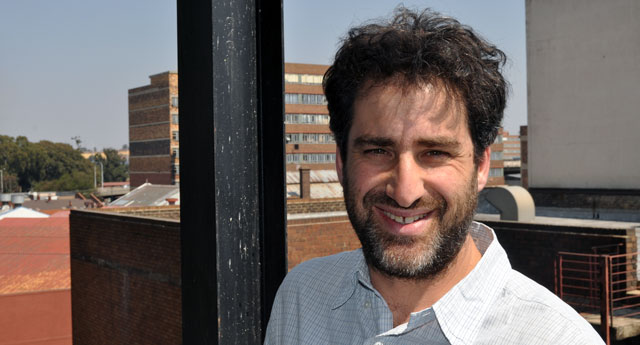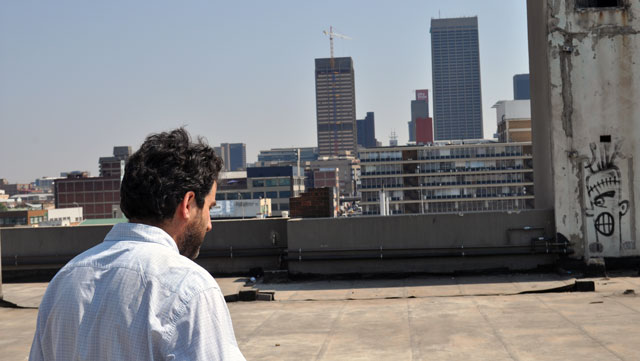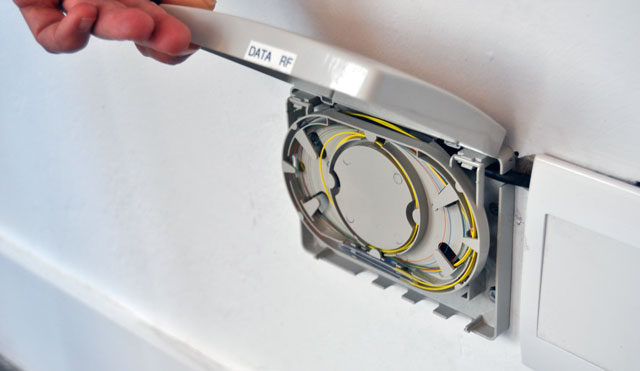
A portion of downtown Johannesburg is being transformed into one of the most wired places in Africa thanks to the initiative of a group of tech-savvy property developers.
The Maboneng Precinct is a short walk from banking group Absa’s head office and houses Arts on Main, the Mainchange office building, Main Street Life and the 12 Decades Hotel, all around Main Street in City & Suburban. It’s a mixed-use development consisting of art galleries, restaurants, loft-style apartments and office space and is fast becoming one of the best-connected places in Africa.
It’s also become a popular destination for Jo’burgers attracted to the weekend markets at Arts on Main. What few visitors to Maboneng realise, though, is that the developers are laying fibre across the area with the aim of offering ultra-fast broadband to people working and living in the precinct.
Together with Jonathan Liebmann of Propertuity Property Management, the property developer of the Maboneng Precinct, Mark Seftel, an entrepreneur and former telecoms industry executive, set up the plan to deploy fibre directly into homes and businesses in the fast-changing part of the central business district.

The Mainchange, sandwiched between Main Street Life and Arts on Main, has been transformed into an office building, with the fourth floor, called Open, turned into open-plan Google-esque work space offering a relaxed working environment and, of course, high-speed Internet access.
Seftel explains that the fibre network — which includes its own small network operations centre in the basement of the Mainchange — currently provides Internet access to businesses and homes at speeds of between 10Mbit/s and 15Mbit/s. Seftel is in talks with tier-one service providers about increasing those speeds to 100Mbit/s.
One of the first buildings to get fibre access is Revolution House, a block of loft-style apartments across the road from the Mainchange that began life in the 1920s as a juice factory. Each of the apartments — two floors of 60sq m double units, five penthouses and five rooftop units — is connected directly to the Maboneng fibre network.
Seftel says that it has cost about R10 000 per fibre endpoint, but he expects this cost to come down to as little as R6 000 over time, especially as switches and modems get cheaper. “It works because it’s densified,” he says. “This would be much harder to do in a suburban setting.”
Onward access is provided by Neotel, with a spur of fibre running into the area from Commissioner Street. Seftel is investigating the option of running a fibre line to an Internet Solutions-owned network operations centre at Sanlam’s offices about 1,7km from Maboneng. Another option is establishing a high-speed wireless connection to Absa, which is about 500m from the site.

“The current phase [of expansion] will include taking a fibre connection to Arts on Main,” Seftel explains. “There’s another phase that brings fibre to each floor in Main Street Life and the commitment is that every new development that goes up will have a fibre connection.”
Seftel says the fibre project, which is backed entirely by private capital, shows what’s possible in fibre telecoms. He says the area is attracting professionals, intellectuals, engineers, lawyers and software developers. “It’s not a student market this. It’s for people who are looking for something different. People come here because it has a soul. A lot of tech companies will be attracted into the area.”
Although there was a flight of business to Sandton 10-15 years ago, Seftel says there are still 20 or 30 “major corporates” in a 5km radius of the Maboneng Precinct. “They need venues they can use and they want to support inner-city rejuvenation,” he says. “Having fast Internet is a big attraction.” — (c) 2012 NewsCentral Media




